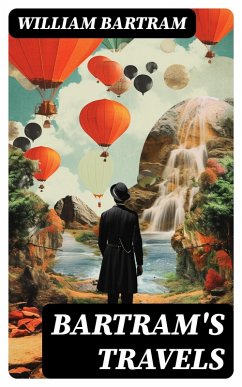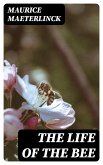In "Bartram's Travels," William Bartram offers an evocative and richly detailed account of his explorations through the American Southeast during the 18th century. This seminal work melds natural history, ethnography, and travelogue, showcasing Bartram's keen observations of the diverse flora, fauna, and indigenous cultures he encountered. His lyrical prose is imbued with the aesthetics of romanticism, reflecting the Enlightenment intrigue with nature and its sublime beauty. The book stands as a crucial contribution to American literature, intertwining the romanticized ideals of wilderness with scientific inquiry, thus placing Bartram among the early naturalists and writers of the American exploration narrative. William Bartram, an influential figure in the early American natural sciences, was heavily influenced by his upbringing in a family of botanists and his discussions with Native American tribes. His background provided him with a profound appreciation for nature and deep insights into the indigenous ways of life, which he deftly weaves into his narrative. Bartram's journeys from 1773 to 1776 led him through vast landscapes, offering him an unparalleled chance to document a burgeoning nation's natural heritage at a pivotal time in American history. "Bartram's Travels" is a must-read for scholars, nature enthusiasts, and casual readers alike. It invites readers to experience the untamed beauty of the American landscape through the eyes of an astute observer and to engage with the complex interactions between humans and the natural world. This book not only enriches our understanding of America's past but also serves as a timeless reminder of our connection to nature.
Dieser Download kann aus rechtlichen Gründen nur mit Rechnungsadresse in A, B, BG, CY, CZ, D, DK, EW, E, FIN, F, GR, H, IRL, I, LT, L, LR, M, NL, PL, P, R, S, SLO, SK ausgeliefert werden.









